Mazda CX-30 vs VW Golf Variant - Differences and prices compared
Costs and Efficiency:
Looking at overall running costs, both models reveal some interesting differences in everyday economy.
Mazda CX-30 has a barely noticeable advantage in terms of price – it starts at 25200 £, while the VW Golf Variant costs 26100 £. That’s a price difference of around 904 £.
Fuel consumption also shows a difference: VW Golf Variant manages with 4.30 L and is therefore noticeable more efficient than the Mazda CX-30 with 5.70 L. The difference is about 1.40 L per 100 km.
Engine and Performance:
Power, torque and acceleration say a lot about how a car feels on the road. This is where you see which model delivers more driving dynamics.
When it comes to engine power, the VW Golf Variant has a significantly edge – offering 333 HP compared to 186 HP. That’s roughly 147 HP more horsepower.
In acceleration from 0 to 100 km/h, the VW Golf Variant is convincingly quicker – completing the sprint in 4.80 s, while the Mazda CX-30 takes 8.30 s. That’s about 3.50 s faster.
In terms of top speed, the VW Golf Variant performs somewhat better – reaching 250 km/h, while the Mazda CX-30 tops out at 204 km/h. The difference is around 46 km/h.
There’s also a difference in torque: VW Golf Variant pulls convincingly stronger with 420 Nm compared to 240 Nm. That’s about 180 Nm difference.
Space and Everyday Use:
Whether family car or daily driver – which one offers more room, flexibility and comfort?
Seats: offers more seating capacity – vs .
In curb weight, VW Golf Variant is minimal lighter – 1366 kg compared to 1455 kg. The difference is around 89 kg.
In terms of boot space, the VW Golf Variant offers evident more room – 611 L compared to 430 L. That’s a difference of about 181 L.
In maximum load capacity, the VW Golf Variant performs to a small extent better – up to 1642 L, which is about 236 L more than the Mazda CX-30.
When it comes to payload, VW Golf Variant slight takes the win – 547 kg compared to 496 kg. That’s a difference of about 51 kg.
Who comes out on top?
Overall, the VW Golf Variant shows itself to be dominates this comparison and secures the title of DriveDuel Champion.
It convinces with the more balanced overall package and proves to be the more versatile choice for everyday use.
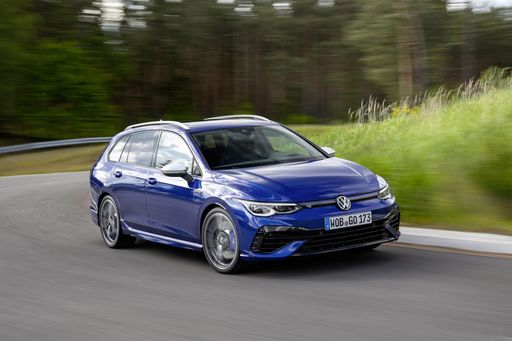 @ Volkswagen AG / VW Media
@ Volkswagen AG / VW Media
VW Golf Variant
Costs and Consumption
View detailed analysis
Engine and Performance
View detailed analysis
Dimensions and Body
View detailed analysis
Mazda CX-30
The Mazda CX-30 blends sleek coupe-like lines with the practicality of a compact crossover, feeling more premium than its price tag suggests. It’s a joy to drive for anyone who likes a taut chassis and an interior that treats daily commutes like a small luxury escape.
details @ Mazda Motor Corporation
@ Mazda Motor Corporation
 @ Mazda Motor Corporation
@ Mazda Motor Corporation
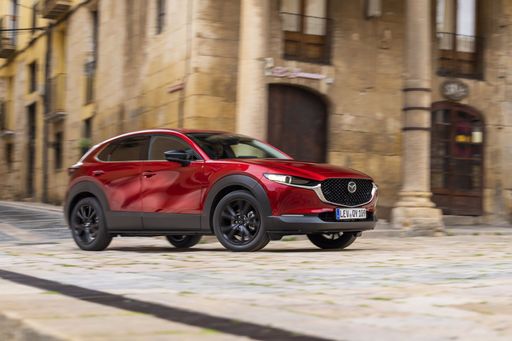 @ Mazda Motor Corporation
@ Mazda Motor Corporation
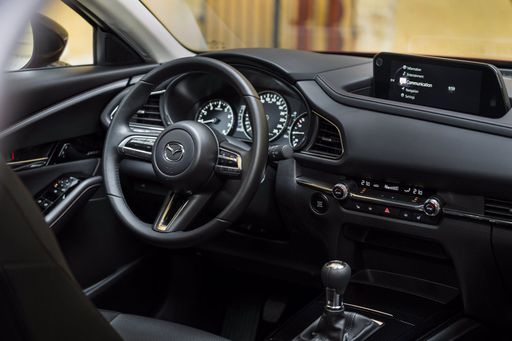 @ Mazda Motor Corporation
@ Mazda Motor Corporation
VW Golf Variant
The Golf Estate packs Volkswagen's familiar poise into a practical, grown-up estate that quietly makes everyday life easier without shouting for attention. It's clever, comfortable and roomy enough for weekend kit or family chaos, offering smart packaging and refined manners that make it a sensible and surprisingly stylish choice for buyers who need space but don't want a van.
details @ Volkswagen AG / VW Media
@ Volkswagen AG / VW Media
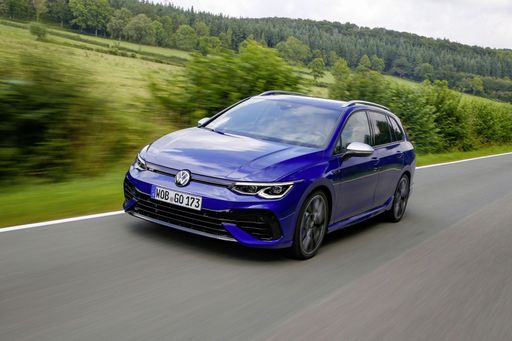 @ Volkswagen AG / VW Media
@ Volkswagen AG / VW Media
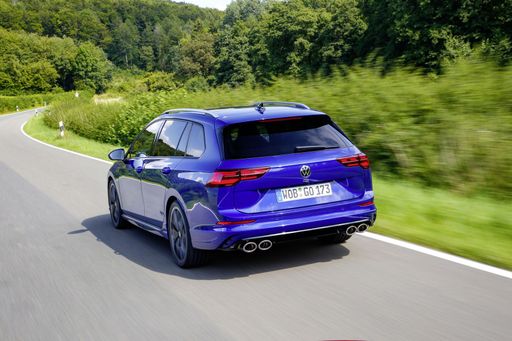 @ Volkswagen AG / VW Media
@ Volkswagen AG / VW Media
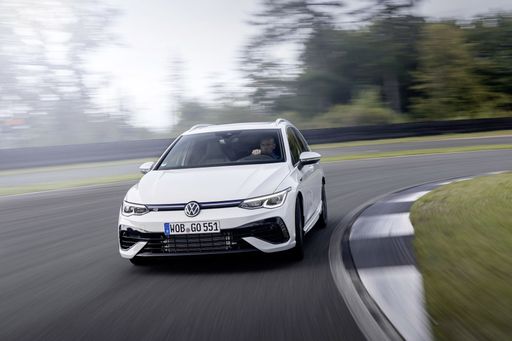 @ Volkswagen AG / VW Media
@ Volkswagen AG / VW Media
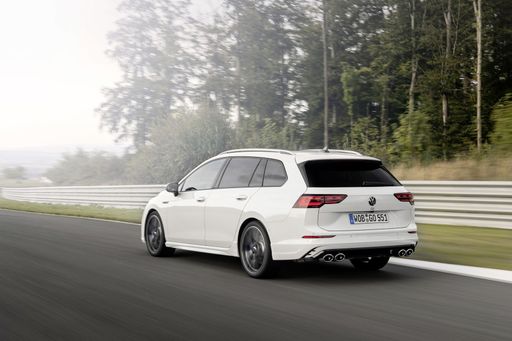 @ Volkswagen AG / VW Media
@ Volkswagen AG / VW Media
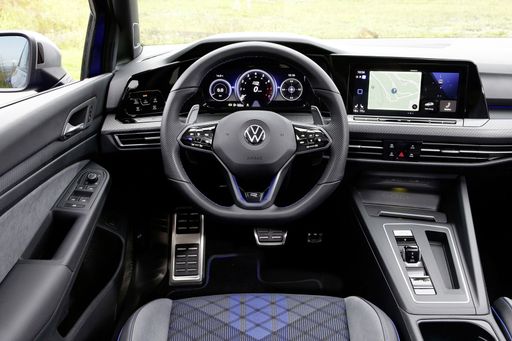 @ Volkswagen AG / VW Media
@ Volkswagen AG / VW Media
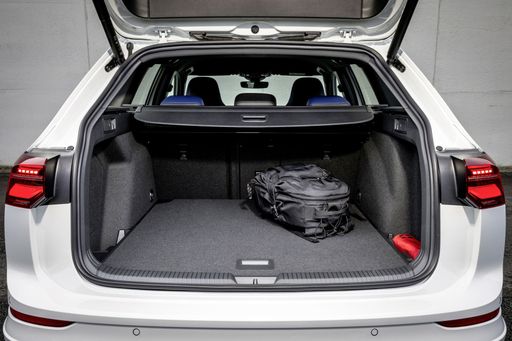 @ Volkswagen AG / VW Media
@ Volkswagen AG / VW Media
 @ Mazda Motor Corporation
@ Mazda Motor Corporation
|
 @ Volkswagen AG / VW Media
@ Volkswagen AG / VW Media
|
|
|
|
Costs and Consumption |
|
|---|---|
|
Price
25200 - 36800 £
|
Price
26100 - 48700 £
|
|
Consumption L/100km
5.7 - 6.6 L
|
Consumption L/100km
4.3 - 8.2 L
|
|
Consumption kWh/100km
-
|
Consumption kWh/100km
-
|
|
Electric Range
-
|
Electric Range
-
|
|
Battery Capacity
-
|
Battery Capacity
-
|
|
co2
129 - 148 g/km
|
co2
114 - 185 g/km
|
|
Fuel tank capacity
48 - 51 L
|
Fuel tank capacity
45 - 55 L
|
Dimensions and Body |
|
|---|---|
|
Body Type
SUV
|
Body Type
Estate
|
|
Seats
5
|
Seats
5
|
|
Doors
5
|
Doors
5
|
|
Curb weight
1455 - 1587 kg
|
Curb weight
1366 - 1621 kg
|
|
Trunk capacity
422 - 430 L
|
Trunk capacity
611 L
|
|
Length
4395 mm
|
Length
4631 - 4651 mm
|
|
Width
1795 mm
|
Width
1789 mm
|
|
Height
1540 mm
|
Height
1462 - 1487 mm
|
|
Max trunk capacity
1398 - 1406 L
|
Max trunk capacity
1624 - 1642 L
|
|
Payload
458 - 496 kg
|
Payload
489 - 547 kg
|
Engine and Performance |
|
|---|---|
|
Engine Type
Petrol MHEV
|
Engine Type
Petrol MHEV, Petrol, Diesel
|
|
Transmission
Manuel, Automatic
|
Transmission
Automatic, Manuel
|
|
Transmission Detail
Manual Gearbox, Automatic Gearbox
|
Transmission Detail
Dual-Clutch Automatic, Manual Gearbox
|
|
Drive Type
Front-Wheel Drive, All-Wheel Drive
|
Drive Type
Front-Wheel Drive, All-Wheel Drive
|
|
Power HP
140 - 186 HP
|
Power HP
116 - 333 HP
|
|
Acceleration 0-100km/h
8.3 - 10.3 s
|
Acceleration 0-100km/h
4.8 - 10.5 s
|
|
Max Speed
191 - 204 km/h
|
Max Speed
202 - 250 km/h
|
|
Torque
238 - 240 Nm
|
Torque
220 - 420 Nm
|
|
Number of Cylinders
4
|
Number of Cylinders
4
|
|
Power kW
103 - 137 kW
|
Power kW
85 - 245 kW
|
|
Engine capacity
1998 - 2488 cm3
|
Engine capacity
1498 - 1984 cm3
|
General |
|
|---|---|
|
Model Year
2025
|
Model Year
2024 - 2025
|
|
CO2 Efficiency Class
D, E
|
CO2 Efficiency Class
D, G, F, C
|
|
Brand
Mazda
|
Brand
VW
|
What drive types are available for the Mazda CX-30?
The Mazda CX-30 is offered with Front-Wheel Drive or All-Wheel Drive.
The prices and data displayed are estimates based on German list prices and may vary by country. This information is not legally binding.
